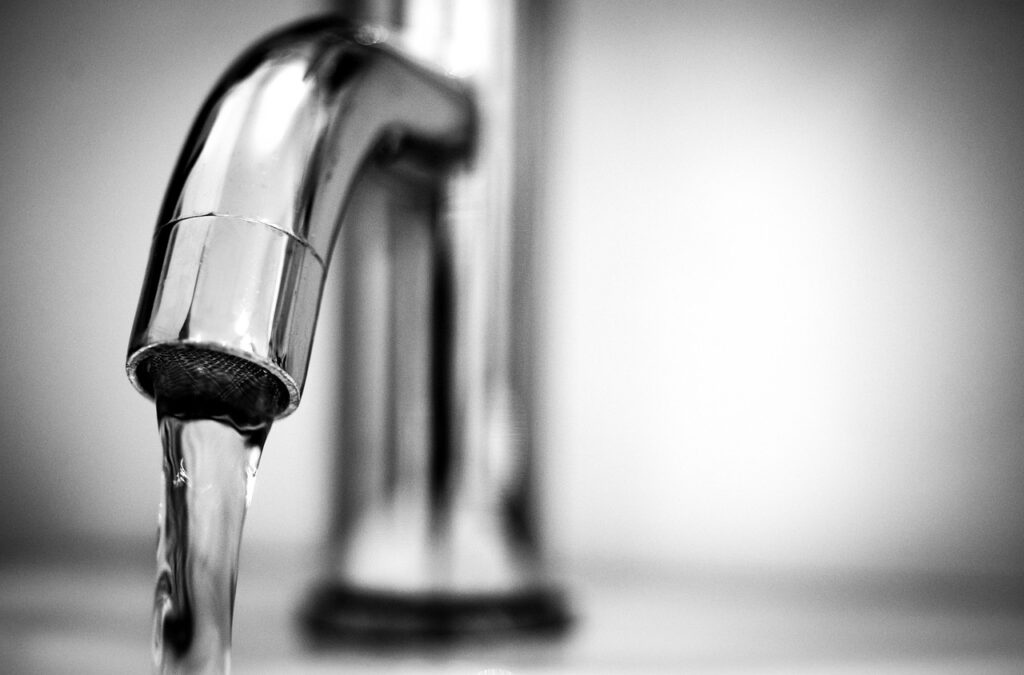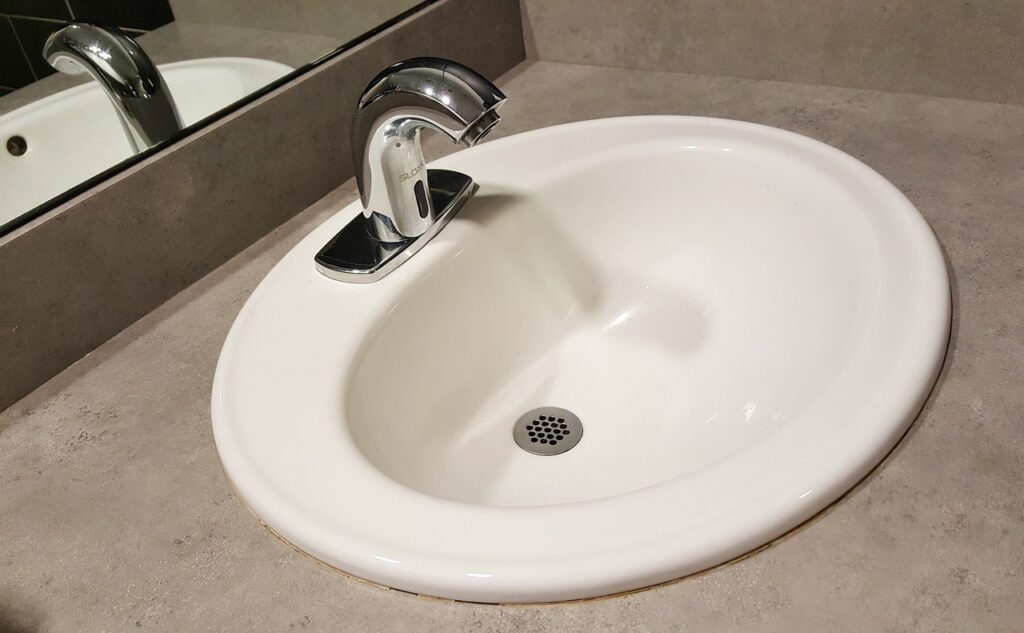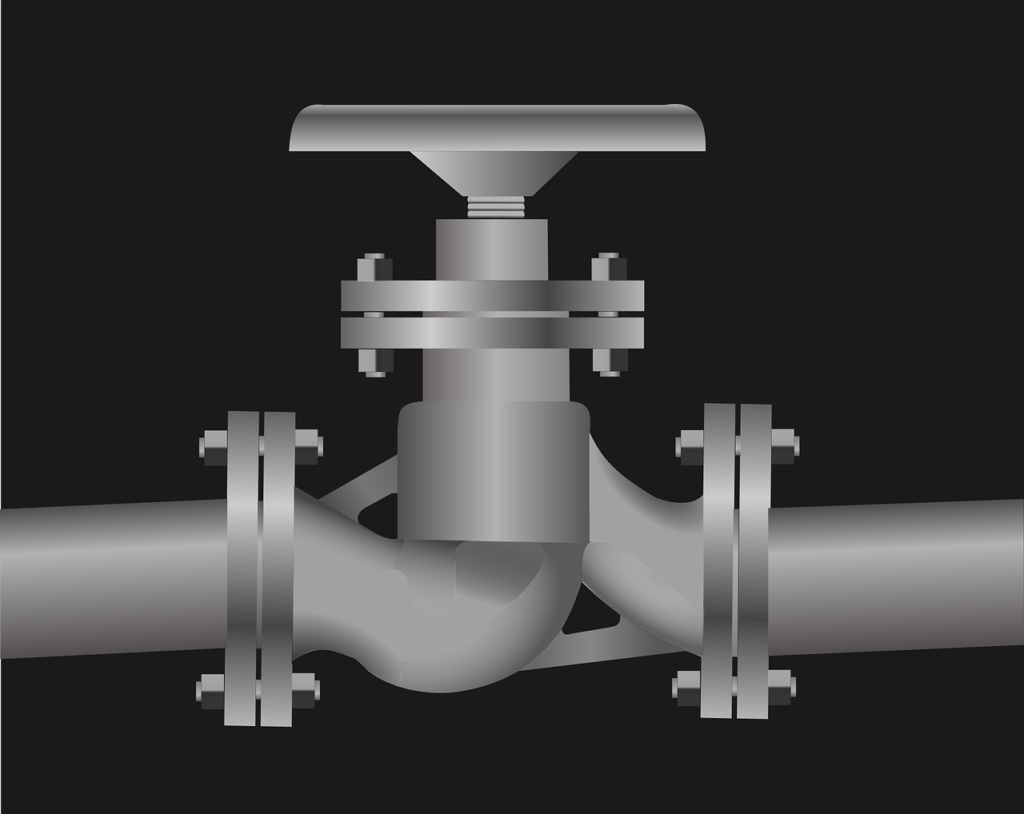If you find yourself facing the frustrating situation of a leaking ceiling, you may be wondering what steps you should take to address this issue promptly and efficiently. Beyond the immediate concern for damage control, another question that may arise is whether or not your homeowners insurance will cover the costs associated with repairing the ceiling leak. In this article, we will explore the necessary actions to take when dealing with a leaking ceiling and provide insights into the coverage offered by homeowners insurance policies, enabling you to handle this unexpected situation with confidence.

This image is property of pixabay.com.
Identifying the Problem
Check for signs of a leaking ceiling
If you notice water stains, discoloration, or dampness on your ceiling, it is important to investigate further to determine if you have a leaking ceiling. Look for any signs of water dripping or pooling on the floor, as well as any musty odors that may indicate moisture damage. Additionally, pay attention to any bulges or sagging in the ceiling, as these can also be indications of a leak.
Locate the source of the leak
Once you have identified that you have a leaking ceiling, the next step is to locate the source of the leak. Water can be notorious for traveling along beams or pipes, making it difficult to determine the exact point of entry. Inspect the area above the leak for any obvious signs of water damage, such as missing or damaged shingles on the roof or a plumbing fixture that may be leaking. By pinpointing the source, you can take appropriate action to fix the issue.
Assess the extent of the damage
Before proceeding with any repairs or insurance claims, it is crucial to assess the extent of the damage caused by the leaking ceiling. Check the surrounding area for any signs of water damage, such as damaged drywall, mold growth, or weakened structural components. The severity of the damage will help determine the steps that need to be taken to address the issue effectively.
Taking Immediate Action
Protect your belongings
When faced with a leaking ceiling, it is important to protect your belongings from water damage. Move any valuable or easily damaged items out of the affected area to a safer location. Place tarps or plastic sheets on the floor or furniture beneath the leak to prevent water from causing further damage. By taking quick action, you can minimize potential losses and preserve your belongings.
Turn off the electricity
Water and electricity are a dangerous combination, so it is crucial to turn off the electricity in the affected area to reduce the risk of electrical hazards. Locate your main electrical panel and switch off the circuit breaker or remove the fuse for the area where the leak is occurring. If you are unsure about how to safely turn off the power, consult a professional electrician for assistance.
Place a bucket or container to collect water
To prevent water from spreading and causing additional damage, place a bucket or container beneath the leak to collect the water. Make sure the container is sturdy and large enough to hold a significant amount of water. Empty the container regularly to avoid overflow, and be cautious when handling the water to avoid slips or falls. While this is a temporary solution, it can help minimize water damage while you address the underlying issue.

This image is property of pixabay.com.
Temporarily Fixing the Leak
Patch the leak with a temporary solution
While it is important to address the source of the leak, sometimes a temporary fix is necessary to prevent further water damage. Depending on the nature of the leak, you may consider patching it with a temporary solution such as epoxy putty or silicone caulk. These products can help slow down or stop the leak until a more permanent repair can be made.
Use a sealant or waterproof tape
In some cases, applying a sealant or waterproof tape to the area of the leak can help provide a temporary barrier against water intrusion. Sealants and waterproof tapes are designed to adhere to various surfaces and can help prevent further water damage while you make arrangements for proper repairs.
Cover the affected area with a tarp or plastic sheet
Another temporary fix for a leaking ceiling is to cover the affected area with a tarp or plastic sheet. Secure the tarp or sheet tightly to prevent any water from seeping through. This can be especially useful if you are awaiting professional assistance or if the repair needs to be delayed for any reason. However, keep in mind that this is just a temporary measure and should not substitute for proper repairs.
Calling a Professional
Consult a professional plumber or roofer
When dealing with a leaking ceiling, it is often best to consult with a professional plumber or roofer. These professionals have the expertise and experience to accurately diagnose the problem and provide appropriate solutions. They can assess the source of the leak, determine the necessary repairs, and provide guidance on how to prevent future occurrences.
Schedule an inspection
Once you have contacted a professional, schedule an inspection to have the leaking ceiling thoroughly evaluated. During the inspection, the professional will assess the extent of the damage, identify the cause of the leak, and provide recommendations for repairs. Be prepared to provide details about the leak, such as when it started and any changes or symptoms you have noticed.
Obtain cost estimates for repairs
After the inspection, the professional should provide you with a detailed cost estimate for the necessary repairs. This estimate should include the cost of materials, labor, and any additional services required. Compare quotes from different professionals to ensure you are getting a fair price. Keep in mind that while the cost of repairs may seem daunting, addressing the issue promptly can help prevent further damage and potentially save you money in the long run.

This image is property of pixabay.com.
Understanding Homeowners Insurance
Review your insurance policy
It is important to review your homeowners insurance policy to understand what type of coverage you have for ceiling leaks. Some policies may cover damage caused by sudden and accidental water leaks, while others may exclude coverage for certain types of leaks, such as those resulting from wear and tear or lack of maintenance. Familiarize yourself with the terms and exclusions in your policy to determine if your ceiling leak qualifies for coverage.
Contact your insurance provider
If you believe your ceiling leak may be covered by your homeowners insurance policy, contact your insurance provider to discuss your specific situation. Provide them with details about the leak, the extent of the damage, and any relevant documentation or photographs. They will guide you through the claims process and inform you of any additional steps or documents required.
File a claim for ceiling leak damages
If your homeowners insurance policy covers the damage caused by the leaking ceiling, you will need to file a claim with your insurance provider. Follow their instructions and provide all the necessary information and documentation they require. Be prepared for an adjuster to visit your property to assess the damage and verify the validity of your claim. Keep copies of all communication and documents related to the claim for your records.
Preventing Future Leaks
Identify and address the root cause
To prevent future leaks and water damage, it is crucial to identify and address the root cause of the problem. This may require further inspection or consultation with professionals to determine the underlying issue. Whether it is a faulty roof, plumbing issue, or inadequate insulation, taking prompt action to address the root cause can help prevent recurring leaks and associated damage.
Regularly inspect your roof and ceiling
Regular inspections of your roof and ceiling can help identify potential issues before they escalate into major problems. Look for signs of wear and tear on your roof, such as missing or damaged shingles, and promptly address any repairs or maintenance needs. Additionally, check your ceiling for any signs of water stains, discoloration, or sagging, as these can indicate a leaking ceiling. By catching problems early on, you can avoid costly repairs and extensive damage.
Maintain proper humidity levels in your home
Excessive humidity can contribute to the development of leaks and water damage in your home. Ensure proper ventilation in areas prone to moisture, such as bathrooms, kitchens, and basements. Use exhaust fans, dehumidifiers, or open windows to control humidity levels and prevent condensation buildup. Regularly inspect and clean gutters and downspouts to ensure proper drainage away from your home. By maintaining proper humidity levels, you can minimize the risk of ceiling leaks and other moisture-related issues.
In conclusion, discovering a leaking ceiling can be a stressful and worrisome situation. By promptly identifying the problem, taking immediate action to protect your belongings and mitigate further damage, and consulting with professionals, you can effectively address the issue. Understanding your homeowners insurance coverage and taking steps to prevent future leaks will help ensure the long-term integrity and safety of your home. Remember, it is important to act quickly and seek professional help when dealing with a leaking ceiling to minimize the potential impact on your property and finances.
